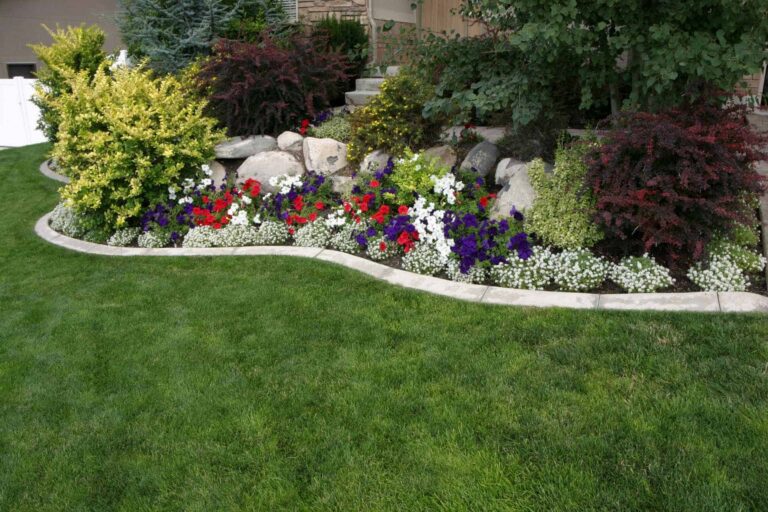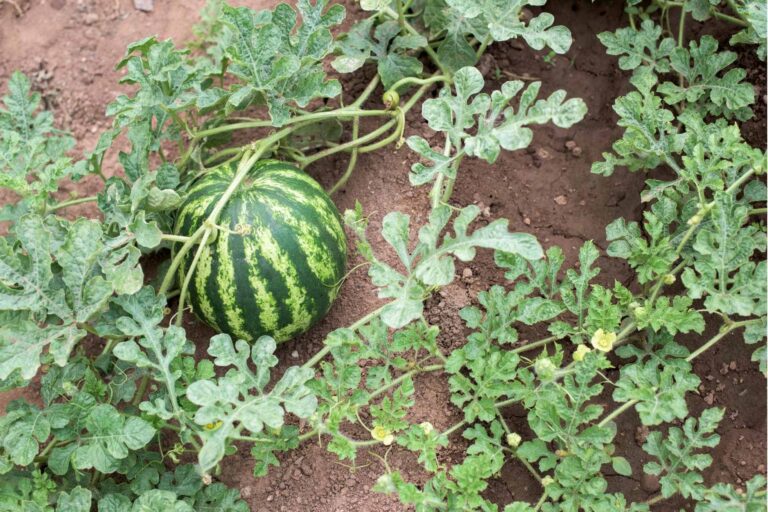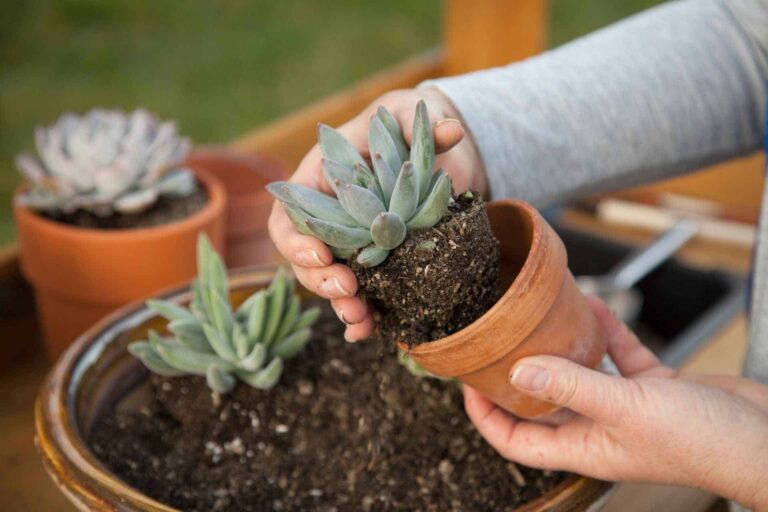How to prepare soil for planting vegetables in pots
Starting a vegetable garden can be a rewarding and fulfilling experience, but getting started can be overwhelming, especially if you’re growing your plants in pots. While it’s important to pay attention to a lot of details when starting a garden, one of the most important steps is preparing the soil. Learning how to prepare soil for planting vegetables in pots is a crucial step in ensuring your plants have all the nutrients they need to thrive. There’s nothing quite like the satisfaction of watching a tiny seed grow into a robust, healthy plant, and it all starts with taking the time to prepare your soil. Whether you’re a seasoned gardener or starting from scratch, learning how to give your plants the best possible start will help you reap a bountiful harvest.
Understanding the Role of Soil in Container Gardening
When it comes to container gardening, you are in control of the soil mix and environment that your vegetables will grow in. Container gardens depend on a quality soil mix specifically designed for potted plants. Good potting soil will be light and airy, providing enough drainage so your vegetables don’t get waterlogged but also retaining enough moisture to keep them hydrated.
It’s important to understand the different types of soil used in container gardening. Garden soil should not be used – it’s too dense and doesn’t have the same properties as a potting mix designed specifically for vegetables grown in containers. A good potting mix will typically contain some combination of compost, peat moss, vermiculite, perlite, and sand.
You may also like:
Selecting the Right Containers

Choosing the right type of container is important when growing vegetables in pots. Clay or ceramic containers are great for retaining moisture, but make sure you choose a pot with drainage holes to avoid root rot. Plastic containers are lightweight and come in various sizes, and they’re usually more affordable than other types of containers.
When selecting a container for your vegetables, make sure to pay attention to the width and depth of the container. For most vegetables, an 8-10 inch wide pot should suffice. You’ll also want to consider how much sunlight each type of vegetable needs – some plants need more sunlight than others.
Types of Vegetables Suitable for Container Gardening
Container gardening is a fantastic option if you’re short on space. Growing vegetables in containers is not only an excellent way to enjoy fresh produce, but it can also be an engaging hobby. However, preparing the soil can make or break your container garden. One of the biggest mistakes people make when container gardening is using soil from their garden. The soil you use in your containers must be carefully prepared to provide the necessary nutrients and drainage for your plants to thrive. A healthy soil mix for container gardening can be made by combining quality potting soil, sand or perlite, and compost. When potting your vegetables in containers, always make sure to keep the soil well-draining, loose, and rich in nutrients. By following these soil preparation tips, you’ll be well on your way to creating a bountiful container garden filled with your favorite vegetables.
What Kind Of Soil Is Best For Planting Vegetables In Containers?
When planting vegetables in containers, it’s important to use a quality potting mix. A good potting mix should be loose and well-draining yet retain moisture. The soil should also provide essential nutrients for the plants to grow healthy and strong. When selecting your potting mix, make sure to choose one with a good balance of organic material and soil. You can also add other components, such as sand or perlite, to increase drainage.
If you prefer to make your potting mix, you can do so by combining quality topsoil with compost and a small amount of sand or perlite. Adding manure is also an effective way to provide additional essential nutrients for your plants. Additionally, you should mix in some fertilizer to help promote stronger growth and healthier vegetables.
When container gardening with vegetables, it’s important to use the right soil mixture for optimal results. By following these tips, you can ensure that your plants stay healthy and your vegetable crops are bountiful.
How to prepare soil for planting vegetables in pots?

When preparing the soil for planting, it’s important to ensure that the soil is loose and well-draining. To prepare your potting mixture, start by combining equal parts of quality topsoil with compost and a small amount of sand or perlite. You can also add manure for additional nutrients as needed. Then, mix in some fertilizer to provide added nutrition for your plants.
Once the soil is prepared, you’ll need to fluff it up and break apart any large clumps. The goal is to make sure there are no hard-packed areas and that the soil is loose enough for your plant’s roots to take hold. Before planting, water the soil well to distribute the nutrients evenly and help your plants settle in.
Testing and Amending Your Soil
As a prospective gardener, you might be looking to plant some vegetables in pots. However, before you dive into the process, it’s important to ensure your soil is up to the task. That involves conducting a soil test, which can provide valuable insights into the health and composition of your soil. After conducting your test, you might find common soil problems such as poor drainage or unhealthy pH levels. In that case, amending your soil with organic matter or pH-altering supplements can vastly improve the growing conditions for your vegetables. By conducting a soil test and addressing common soil problems, you can ensure your potted vegetables thrive throughout their growing season.
Creating a DIY Potting Mix
If you’re looking to get the most out of your potted vegetable garden, creating a DIY potting mix can be a great way to ensure your plants have everything they need. Making homemade potting soil is a relatively simple process and requires combining three main ingredients: compost, organic matter, and sand or perlite. Compost helps provide nutrients that are essential for plant growth, organic matter helps retain moisture in the soil, and sand or perlite ensures proper drainage. By including these three ingredients in your potting mix, you can ensure that your vegetables are receiving the nutrients they need to grow strong and healthy.
Steps for Soil Preparation
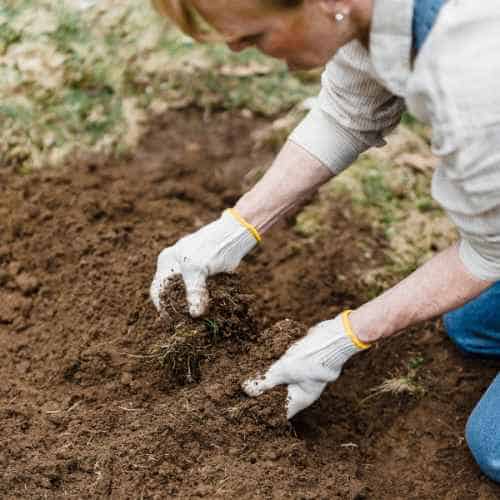

Now that you’ve learned a bit about soil tests and DIY potting mixes, let’s go over the steps for preparing your soil.
- Conduct a soil test to assess the health of your soil composition. This will help you identify any potential problems with drainage or pH levels.
- Amend your soil as needed based on the results of your soil test.
- For extra nutrient-richness, consider adding compost to the soil and mixing it in thoroughly.
- To ensure proper drainage, add sand or perlite to the soil as needed.
- Water your soil thoroughly and wait for it to drain before planting any vegetables in the pot.
- To ensure the best results for your potted vegetable garden, make sure to amend and rotate soil between growing seasons. This will help keep it nutrient-rich and well-balanced.
Watering Techniques for Container Vegetables
Now that your soil is ready, it’s time to learn about watering techniques for container vegetables. Proper watering can be the difference between healthy and thriving plants and under-nourished ones. When you water your potted vegetable garden, it’s important to keep two things in mind: timing and quantity.
When it comes to timing, aim to water your vegetables early in the morning or late at night. This is because watering during the hottest part of the day can lead to quick evaporation and cause more water loss than what your plants need.
When it comes to quantity, be sure to give your vegetables enough water so that their roots are fully saturated. If you notice any wilting or yellowing of the leaves, you may need to increase your watering frequency.
Finally, it’s important to remember that different vegetables have different watering needs. For example, root veggies like carrots and potatoes will need more water than other types of vegetables such as kale and zucchini. Be sure to research the specific vegetable species you are growing to determine how often and how much you should water them.
Tips for Maintaining Healthy Soil in Pots
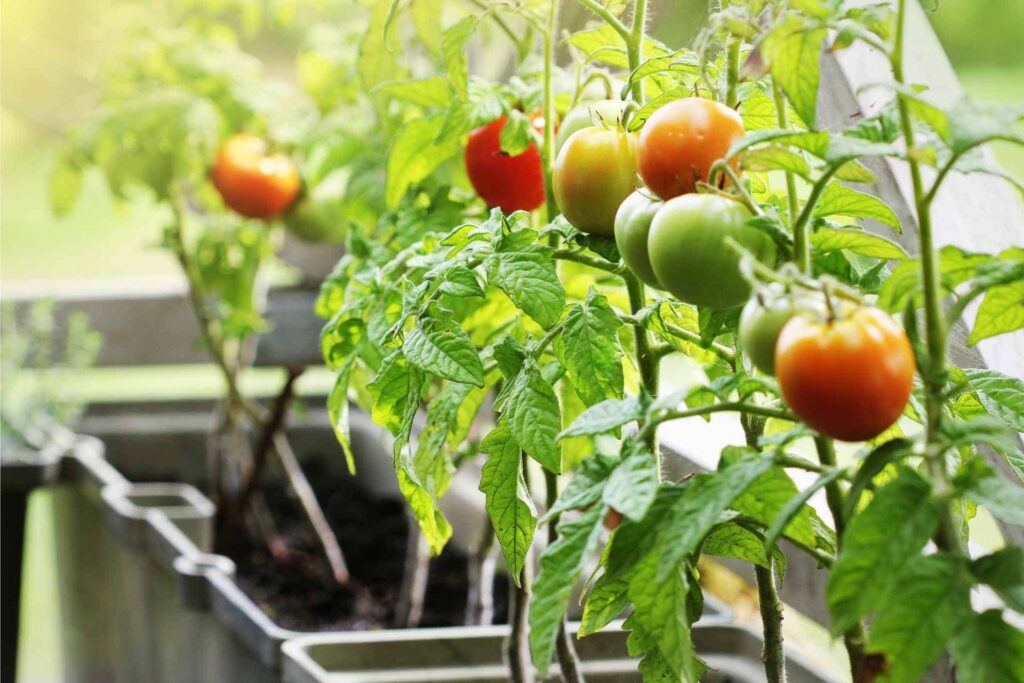
Maintaining healthy soil in pots is just as important as watering your container garden correctly. Here are a few tips to help keep your potted vegetables growing strong:
- Feed your plants with organic fertilizer every two weeks or so.
- Incorporate compost and other organic matter into the potting mix to increase nutrients and water absorption.
- Aerate the soil regularly by loosening it with a trowel or garden fork.
- Test the soil’s pH levels to make sure it is within the ideal range for your chosen vegetables.
- Add mulch on top of the soil surface to help keep moisture in and weeds out.
By following these tips for maintaining healthy soil in pots, you’ll be sure to have a thriving, flourishing container vegetable garden!
Feeding and Fertilizing Container Vegetables
Growing vegetables in containers can be a great way to enjoy fresh produce even if you don’t have a big backyard. However, before planting your vegetables, it’s important to properly prepare the soil. Start by selecting a high-quality potting mix that’s specifically formulated for vegetables. This will ensure that your plants have access to the right nutrients and drainage. To further enrich the soil, consider adding some organic fertilizer or compost before planting. These additives will provide your vegetables with the nutrients they need to thrive in their new container home. By taking the time to properly prepare your soil, you’ll be well on your way to a bumper crop of delicious and nutritious container vegetables.
Conclusion
With the right potting mix, organic fertilizer, and regular maintenance, you can easily create a thriving vegetable garden in pots. It’s important to give your plants enough water, aerate the soil regularly, and add extra nutrients as needed. By taking these steps to ensure that your potted vegetables are getting the best care possible, you’ll be rewarded with a healthy and productive garden. So don’t be afraid to try something new with your container vegetable gardening, because the rewards can be great! Happy planting!



